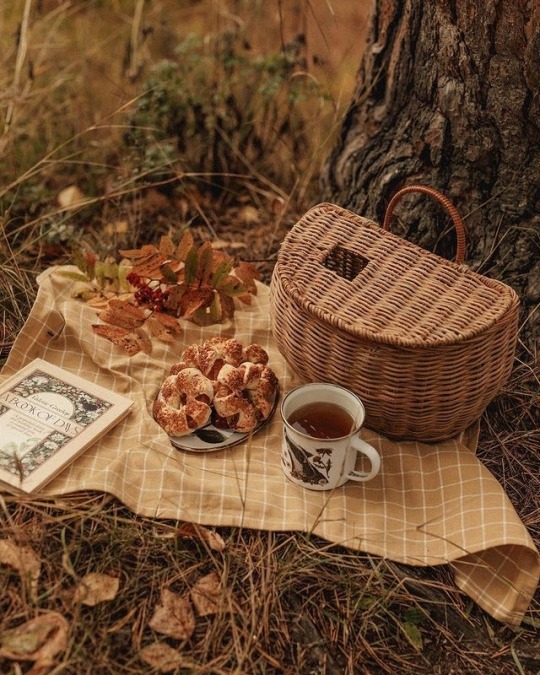#planting food
Text



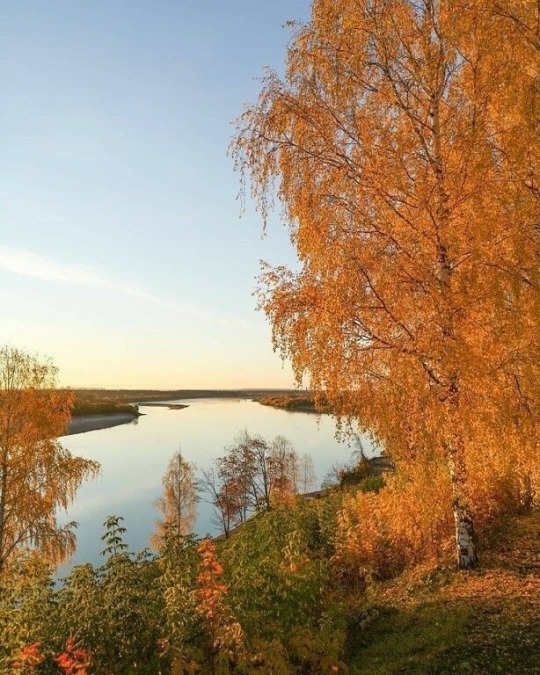
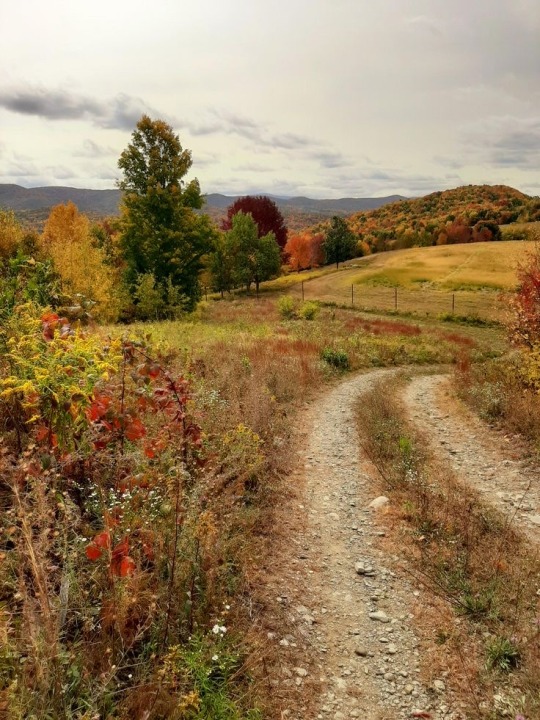

the season of golden trees & mystery
#⋆。°✩#moodboard#fall#autumn#nature#aesthetic#scenery#trees#plants#food#lake#forest#forestcore#river#cottagecore#naturecore#cozy#cat#october
17K notes
·
View notes
Text
dear mojang
add more crops in minecraft im begging you im on my hands and knees give us tomatoes give us onions give us strawberries give us peppers
add more food recipes please give us sandwiches give us more pastries give us pudding or some shit
sincerely, the farmer of every minecraft server
#'just play it modded-' NO I WANT IT IN THE ACTUAL GAME#I WANT MORE FARMING I WANT MROE FOOD#I DONT WANT MORE MOBS OR MINERALS OR PLANTS I WANT CROPS I WANT RECIPES#we need an agriculture update i would go crazy over that#mojang please#please#miles rambles#minecraft
19K notes
·
View notes
Text


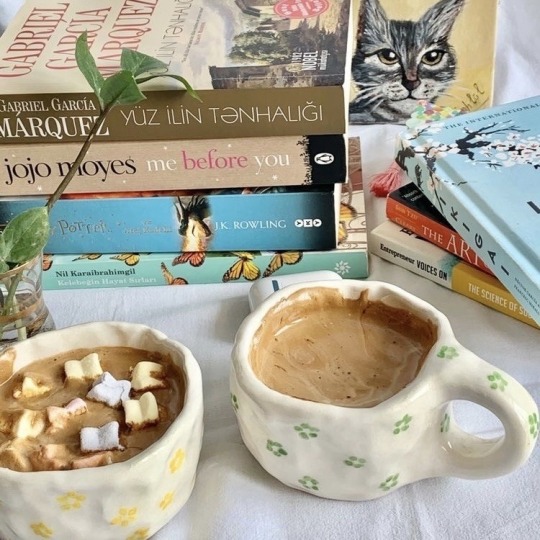


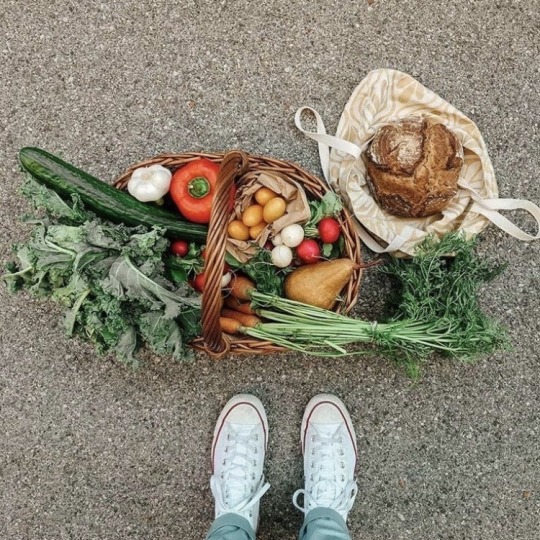
#cottagecore#a messy lil moodboard that makes me happy#like truly. I can look at it forever.#having a rough day today and these pics helps a little#nature#escapism was much needed#naturecore#flowers#flowercore#warmcore#photography#cozycore#cosycore#plants#cats#animals#books#alternative aesthetic#vegetables#food#chaotic aesthetic#chaotic academia#alternative academia#messy moodboard
11K notes
·
View notes
Text

leek with garlic (digital media, 2023)
7K notes
·
View notes
Text

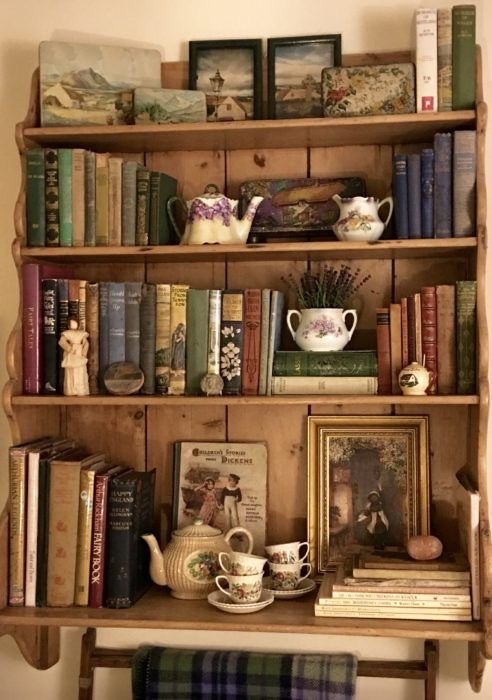
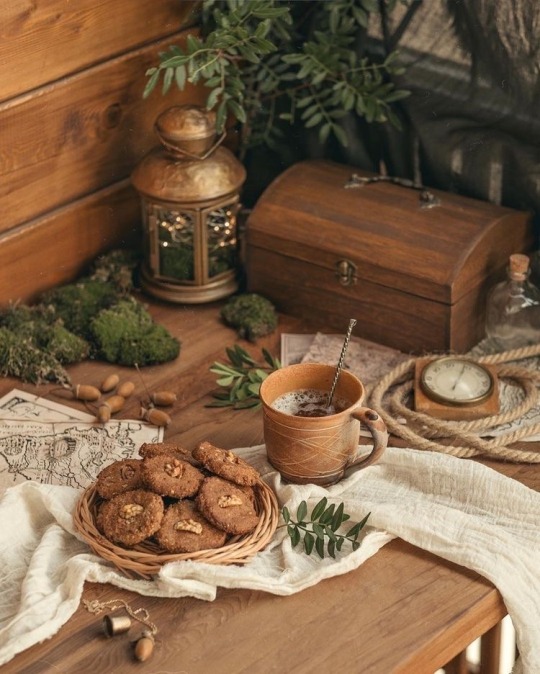

Interiors
#cottagecore#aesthetic#photography#cottage core#photo#grandmacore#naturecore#farmcore#grandma core#nature core#farm core#cozycore#warmcore#green#food#plantcore#plants#nature#interior
15K notes
·
View notes
Text
My roommate and I are financially unstable while he does through a long, complicated diagnosis process that started as we stopped being homeless. I just got a job, and it's going to pay well and allow us to get caught up and stable, but I don't get my check for a week and a half. We have rent due on the 1st, our storage bill due at the end of the month, and we are out of food.
Dm me for proof or details
I will do art for anyone who gives, just message me @theartistrans I also take commissions there.
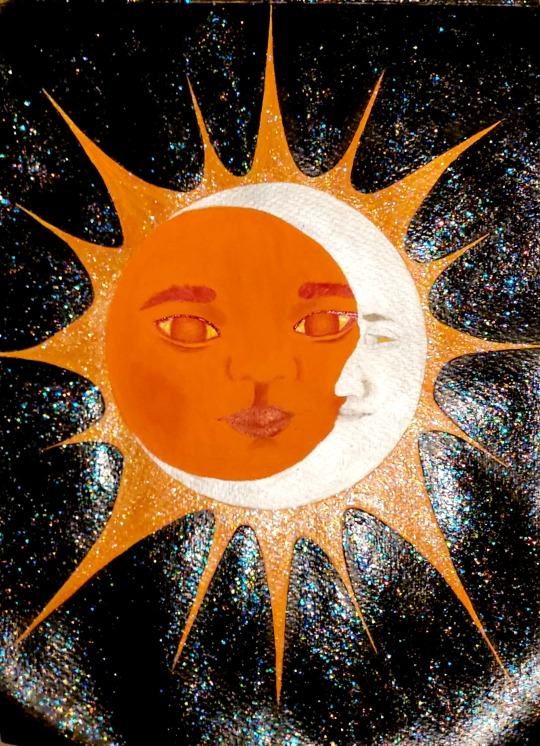
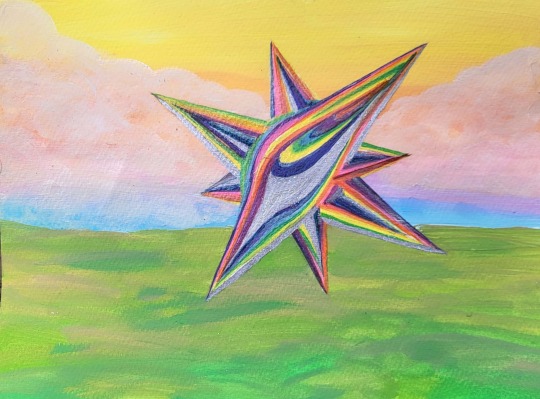
Dm me for zelle
$creepiecrippl
V
PP
$0/$900
#for anyone curious we are growing our own food to reduce food costs and thats going well but takes literal months and we were only able to#start as it got warmer so things are a little slow on that but we also have enough planted to feed us already so theres that#and i am actually still applying to more jobs in hopes of getting a 2nd because its expensive to have medical issues turns out#we are just now recovering from bad malnutrition issues thats kept us both on and off sick for months and my roommate is still severely#underweight but hes gained a little🎉
1K notes
·
View notes
Text
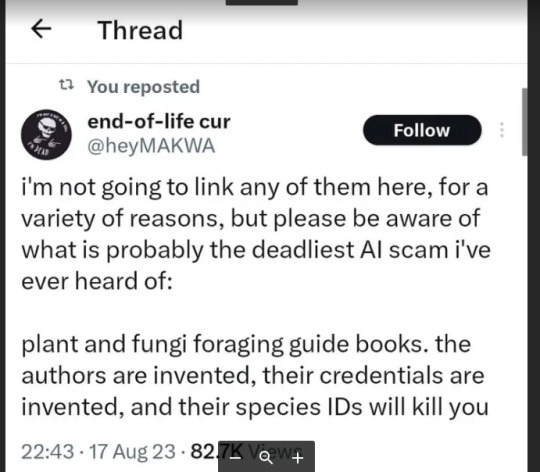
ETA: I wrote up a guide on clues that a foraging book was written by AI here!
[Original Tweet source here.]
[RANT AHEAD]
Okay, yeah. This is a very, very, very bad idea. I understand that there is a certain flavor of techbro who has ABSOLUTELY zero problem with this because "AI is the future, bro", and we're supposed to be reading their articles on how to use AI for side hustles and all that.
I get that ID apps have played into people's tendency to want quick and easy answers to everything (I'm not totally opposed to apps, but please read about how an app does not a Master Naturalist make.) But nature identification is serious stuff, ESPECIALLY when you are trying to identify whether something is safe to eat, handle, etc. You have to be absolutely, completely, 100000% sure of your ID, and then you ALSO have to absolutely verify that it is safely handled and consumed by humans.
As a foraging instructor, I cannot emphasize this enough. My classes, which are intended for a general audience, are very heavy on identification skills for this very reason. I have had (a small subsection of) students complain that I wasn't just spending 2-3 hours listing off bunches of edible plants and fungi, and honestly? They can complain all they want. I am doing MY due diligence to make very sure that the people who take my classes are prepared to go out and start identifying species and then figure out their edibility or lack thereof.
Because it isn't enough to be able to say "Oh, that's a dandelion, and I think this might be an oyster mushroom." It's also not enough to say "Well, such-and-such app says this is Queen Anne's lace and not poison hemlock." You HAVE to have incredibly keen observational skills. You HAVE to be patient enough to take thorough observations and run them through multiple forms of verification (field guides, websites, apps, other foragers/naturalists) to make sure you have a rock-solid identification. And then you ALSO have to be willing to read through multiple sources (NOT just Wikipedia) to determine whether that species is safely consumed by humans, and if so if it needs to be prepared in a particular way or if there are inedible/toxic parts that need to be removed.
AND--this phenomenon of AI-generated crapola emphasizes the fact that in addition to all of the above, you HAVE to have critical thinking skills when it comes to assessing your sources. Just because something is printed on a page doesn't mean it's true. You need to look at the quality of the information being presented. You need to look at the author's sources. You need to compare what this person is saying to other books and resources out there, and make sure there's a consensus.
You also need to look at the author themselves and make absolutely sure they are a real person. Find their website. Find their bio. Find their social media. Find any other manners in which they interact with the world, ESPECIALLY outside of the internet. Contact them. Ask questions. Don't be a jerk about it, because we're just people, but do at least make sure that a book you're interested in buying is by a real person. I guarantee you those of us who are serious about teaching this stuff and who are internet-savvy are going to make it very easy to find who we are (within reason), what we're doing, and why.
Because the OP in that Tweet is absolutely right--people are going to get seriously ill or dead if they try using AI-generated field guides. We have such a wealth of information, both on paper/pixels and in the brains of active, experienced foragers, that we can easily learn from the mistakes of people in the past who got poisoned, and avoid their fate. But it does mean that you MUST have the will and ability to be impeccably thorough in your research--and when in doubt, throw it out.
My inbox is always open. I'm easier caught via email than here, but I will answer. You can always ask me stuff about foraging, about nature identification, etc. And if there's a foraging instructor/author/etc. with a website, chances are they're also going to be more than willing to answer questions. I am happy to direct you to online groups on Facebook and elsewhere where you have a whole slew of people to compare notes with. I want people's foraging to be SAFE and FUN. And AI-generated books aren't the way to make that happen.
#foraging#mushroom foraging#plant foraging#mushrooms#edible plants#edible mushrooms#wild foods#food#nature#AI#fungus#fungi#poisonous mushrooms#poisonous plants#botany#mycology#rant
4K notes
·
View notes
Video
traditional knife 石镰shilian specially used to harvest glutinous rice
#china#fun#video#miscellaneous#the same stone knife was unearthed in liangzhu culture良渚文化#op says they chose manual harvesting is because the glutinous rice isn't that much#glutinous rice are not necessary staple food#terrace farming in mountainous areas also makes machine harvesting inconvenient#others say it's just for video#anyway i think this knife is very practical in home garden#i'm not good at caring for plants#there are often withered stems#shilian must be easier to use than ordinary scissors
18K notes
·
View notes
Text
FDA drastically cut inspections during covid and it still hasnt been remotely restored, if you feel like youre seeing more product recalls than usual lately
#keep seeing some truly disgusting videos of meat processing plants with 0 food safety#and child laborers#:|#mine
1K notes
·
View notes
Text
"In response to last year’s record-breaking heat due to El Niño and impacts from climate change, Indigenous Zenù farmers in Colombia are trying to revive the cultivation of traditional climate-resilient seeds and agroecology systems.
One traditional farming system combines farming with fishing: locals fish during the rainy season when water levels are high, and farm during the dry season on the fertile soils left by the receding water.
Locals and ecologists say conflicts over land with surrounding plantation owners, cattle ranchers and mines are also worsening the impacts of the climate crisis.
To protect their land, the Zenù reserve, which is today surrounded by monoculture plantations, was in 2005 declared the first Colombian territory free from GMOs.
...
In the Zenù reserve, issues with the weather, climate or soil are spread by word of mouth between farmers, or on La Positiva 103.0, a community agroecology radio station. And what’s been on every farmer’s mind is last year’s record-breaking heat and droughts. Both of these were charged by the twin impacts of climate change and a newly developing El Niño, a naturally occurring warmer period that last occurred here in 2016, say climate scientists.
Experts from Colombia’s Institute of Hydrology, Meteorology and Environmental Studies say the impacts of El Niño will be felt in Colombia until April 2024, adding to farmers’ concerns. Other scientists forecast June to August may be even hotter than 2023, and the next five years could be the hottest on record. On Jan. 24, President Gustavo Petro said he will declare wildfires a natural disaster, following an increase in forest fires that scientists attribute to the effects of El Niño.
In the face of these changes, Zenù farmers are trying to revive traditional agricultural practices like ancestral seed conservation and a unique agroecology system.
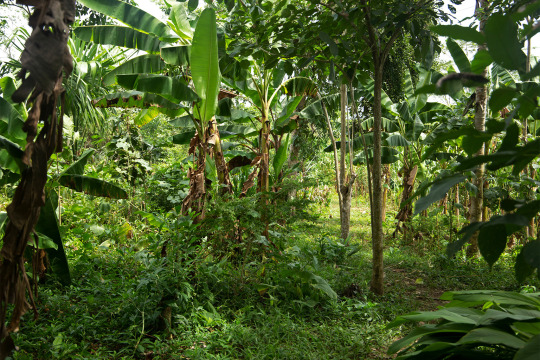
Pictured: Remberto Gil’s house is surrounded by an agroforestry system where turkeys and other animals graze under fruit trees such as maracuyá (Passiflora edulis), papaya (Carica papaya) and banana (Musa acuminata colla). Medicinal herbs like toronjil (Melissa officinalis) and tres bolas (Leonotis nepetifolia), and bushes like ají (Capsicum baccatum), yam and frijol diablito (beans) are part of the undergrowth. Image by Monica Pelliccia for Mongabay.
“Climate change is scary due to the possibility of food scarcity,” says Rodrigo Hernandez, a local authority with the Santa Isabel community. “Our ancestral seeds offer a solution as more resistant to climate change.”
Based on their experience, farmers say their ancestral seed varieties are more resistant to high temperatures compared to the imported varieties and cultivars they currently use. These ancestral varieties have adapted to the region’s ecosystem and require less water, they tell Mongabay. According to a report by local organization Grupo Semillas and development foundation SWISSAID, indigenous corn varieties like blaquito are more resistant to the heat, cariaco tolerates drought easily, and negrito is very resistant to high temperatures.
The Zenù diet still incorporates the traditional diversity of seeds, plant varieties and animals they consume, though they too are threatened by climate change: from fish recipes made from bocachico (Prochilodus magdalenae), and reptiles like the babilla or spectacled caiman (Caiman crocodilus), to different corn varieties to prepare arepas (cornmeal cakes), liquor, cheeses and soups.
“The most important challenge we have now is to save ancient species and involve new generations in ancestral practice,” says Sonia Rocha Marquez, a professor of social sciences at Sinù University in the city of Montería.
...[Despite] land scarcity, Negrete says communities are developing important projects to protect their traditional food systems. Farmers and seed custodians, like Gil, are working with the Association of Organic Agriculture and Livestock Producers (ASPROAL) and their Communitarian Seed House (Casa Comunitaria de Semillas Criollas y Nativas)...
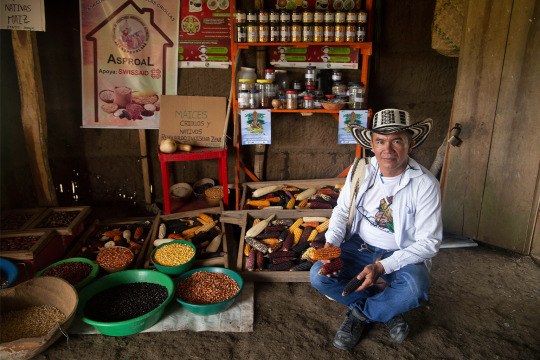
Pictured: Remberto Gil is a seed guardian and farmer who works at the Communitarian Seed House, where the ASPROL association stores 32 seeds of rare or almost extinct species. Image by Monica Pelliccia for Mongabay.
Located near Gil’s house, the seed bank hosts a rainbow of 12 corn varieties, from glistening black to blue to light pink to purple and even white. There are also jars of seeds for local varieties of beans, eggplants, pumpkins and aromatic herbs, some stored in refrigerators. All are ancient varieties shared between local families.
Outside the seed bank is a terrace where chickens and turkeys graze under an agroforestry system for farmers to emulate: local varieties of passion fruit, papaya and banana trees grow above bushes of ají peppers and beans. Traditional medicinal herbs like toronjil or lemon balm (Melissa officinalis) form part of the undergrowth.
Today, 25 families are involved in sharing, storing and commercializing the seeds of 32 rare or almost-extinct varieties.
“When I was a kid, my father brought me to the farm to participate in recovering the land,” says Nilvadys Arrieta, 56, a farmer member of ASPROAL. “Now, I still act with the same collective thinking that moves what we are doing.”
“Working together helps us to save, share more seeds, and sell at fair price [while] avoiding intermediaries and increasing families’ incomes,” Gil says. “Last year, we sold 8 million seeds to organic restaurants in Bogotà and Medellín.”
So far, the 80% of the farmers families living in the Zenù reserve participate in both the agroecology and seed revival projects, he adds."
-via Mongabay, February 6, 2024
#indigenous#ecology#agroforestry#agriculture#traditional food systems#traditional medicine#sustainable agriculture#zenu#indigenous peoples#farming#colombia#indigenous land#traditional knowledge#seeds#corn#sustainability#botany#plant biology#good news#hope#climate action#climate change#climate resilience#agroecology#food sovereignty
1K notes
·
View notes
Text


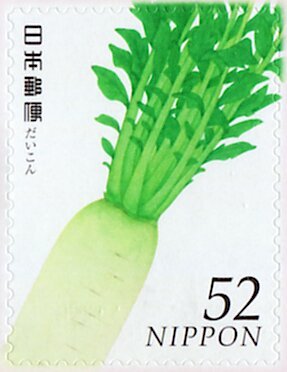
three 2015 Japanese stamps from a series on fruits and vegetables
[id: three postage stamps, all with illustrations of vegetables. the left depicts a Chinese cabbage. the middle depicts broccoli. the right depicts a daikon radish. end id]
3K notes
·
View notes
Text
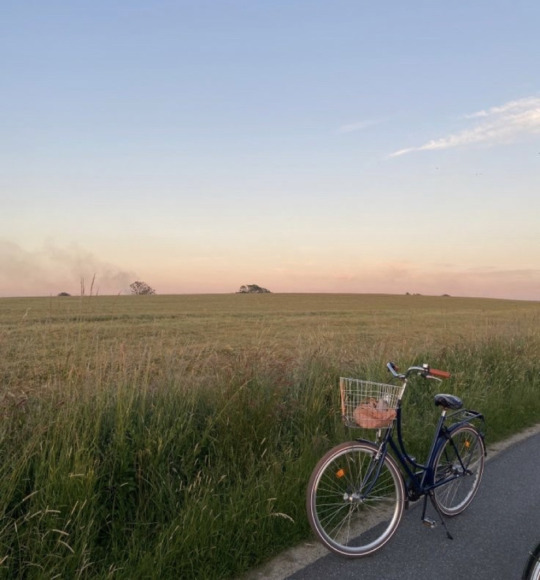
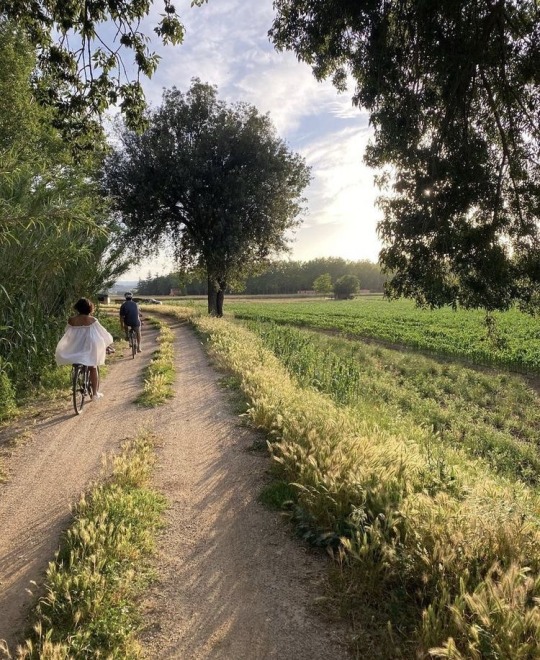
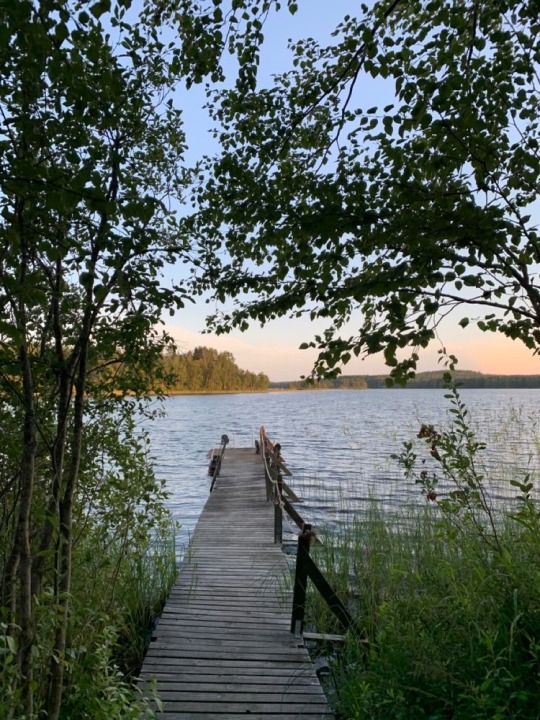
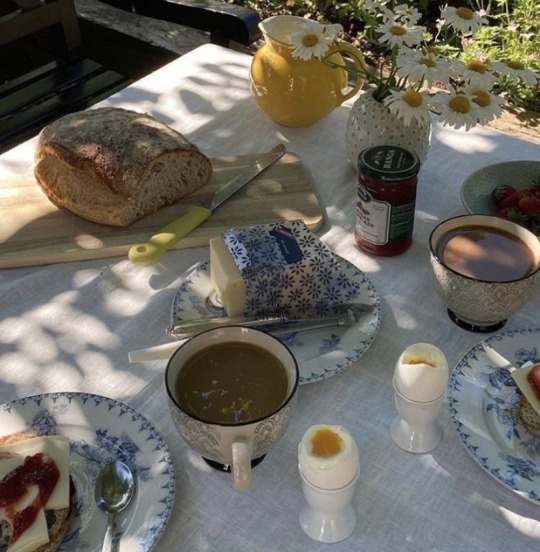
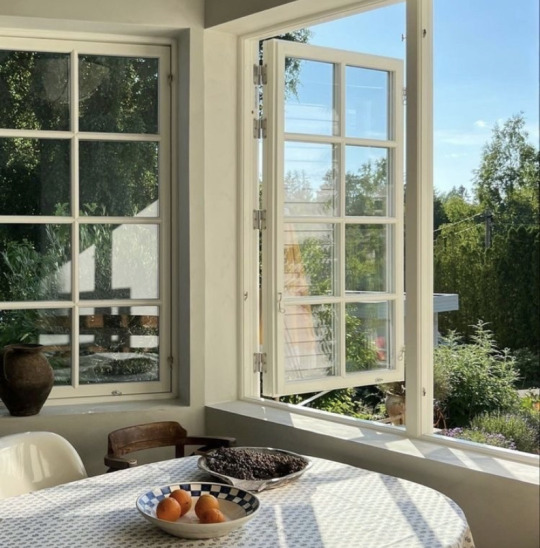
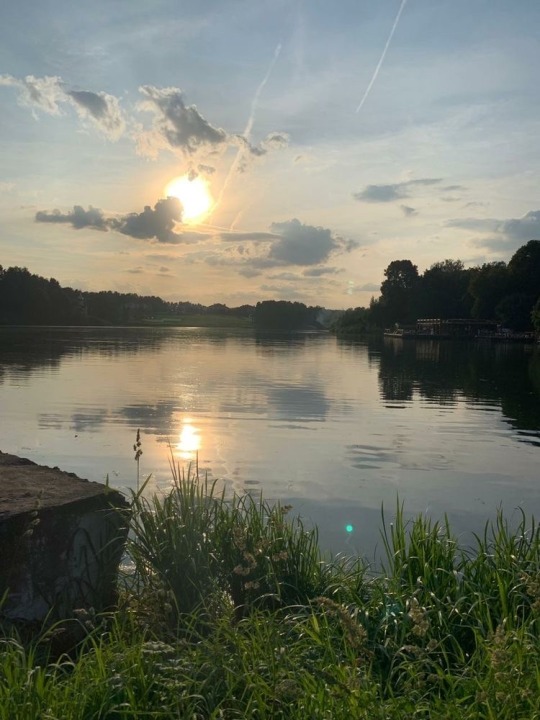
summer in the countryside
#this gives me so much serotonin <3#moodboard#summer#nature#naturecore#food#lake#aesthetic#trees#plants#flowers#sunset#adventure#cottagecore#scenery#sky#cozy#forest#fairycore#water
17K notes
·
View notes
Text
so I found this really cool website that sells native seeds- and you might be asking me "snekdood, haven't you posted an entire list of websites that sell native wildflower seeds that you're going to add on to soon?" and yes that's true, but that's not the kind of native seed im talking about rn.
see, on my quest to find websites that sell native wildflowers, I came across this dope ass website that sells seeds that have been farmed and harvested by ntv people traditionally, i'll let the website do the talking:




so anyways this is the coolest website ever. you can find the wild relatives of chiles on here called chiltepines, you can find different colors of corn and cool squash's, and every seed from whichever farm has it's own lil origin story written about it. you can also find other veggies here that are already commercially available to help fund and support this organization. as well as there being a cool gift shop with a lot of art made by different native folk from all around as well as cookbooks, jewelry, pottery, weavings, and clearly plenty more:

as well as a pantry?? with premade soup mixes??? and i really want to try them now??????
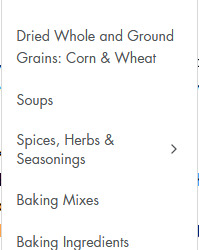
anyways I think its worth snoopin' around bc I'm almost positive you'll see something you think is cool (oh also if you happen to have some seeds passed down from ur family too and ur also native they seem like they would gladly help produce more)
#heirloom seeds#native plants#native wildflowers#native seeds#native seeds search#gardening#farming#seed conservation#heirloom vegetables#vegetables#crops#food#native american#native american traditions#native american heirloom seeds#support indigenous people#indigenous art
2K notes
·
View notes
Text

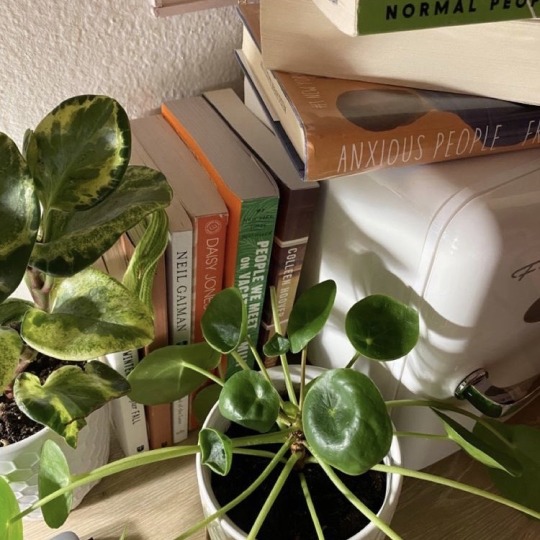


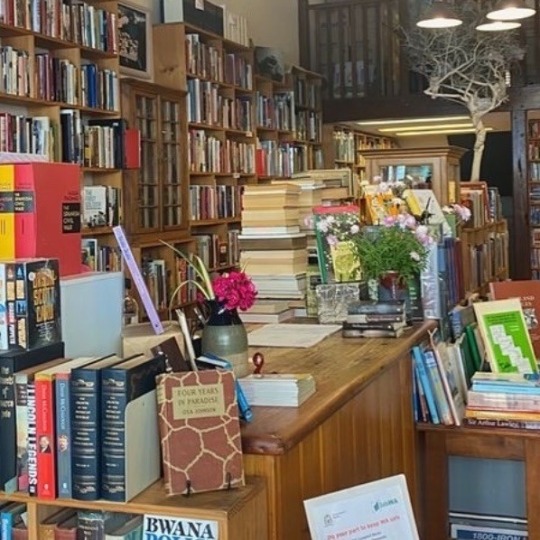
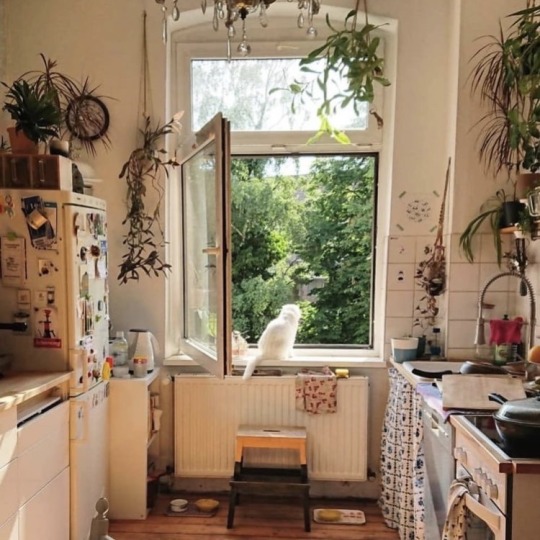
© Bob Radlinski
#warm cozy and not to mention.. BOOKS!!#cottagecore#nature#naturecore#flowers#flowercore#warmcore#cats#kittens#animals#photography#Bob radlinski#England#travel#plants#books#interior#food#foodcore#grandmacore#windows#warm aesthetic
6K notes
·
View notes
Text
(since no one is reading my tags or other reblogs): this post has an addition. the addition is specifically about co-mingle recycling in most usamerican cities. always check your local guidelines for recycling. the point of this post was not to tell you what you can or can’t recycle, anyway. the point was that a lot of recycling gets thrown out because it’s fucking contaminated. if you can’t clean your recyclables to keep them from contaminating a whole bin, just put it in the trash. you don’t need to feel guilty about it... that's it. that's why i wrote the post.
#this is not a character judgement against him btw i'm just surprised#working at a landfill and recycling plant no matter how short a time will seriously turn you into the kind of person#who un-contaminates recycling bins#i'm in there digging plastic straws and bags and food-soiled containers out of the recycling#because otherwise the entire bin will be trashed
7K notes
·
View notes
